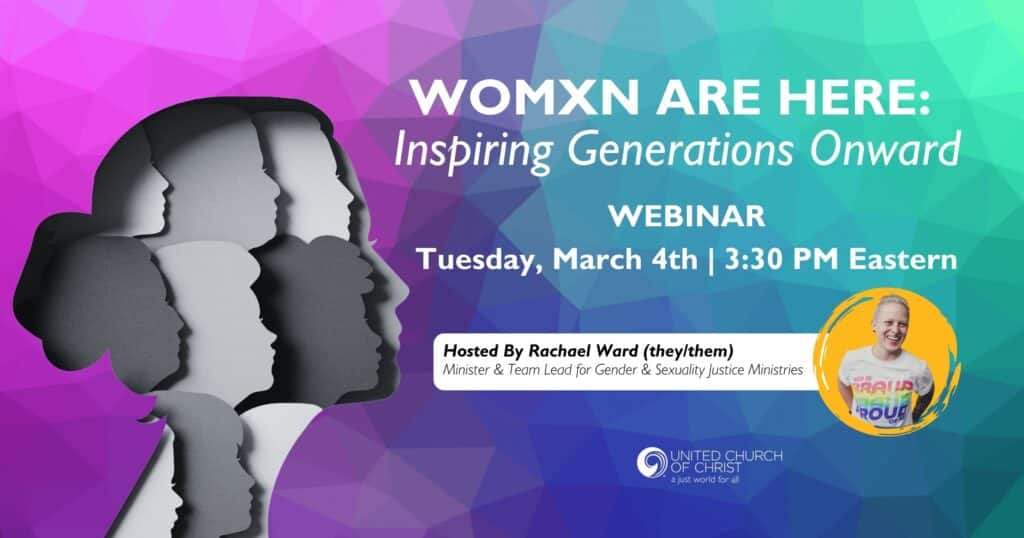A church bell, donated by an enslaver, now rings for justice
When is the ringing of a church bell more than just a call to Sunday worship?
When it rings on a Monday, or a Tuesday — or any other day besides the Sabbath — calling people with each clang to remember, to learn, and to love as Jesus loved.
In the Connecticut town of Enfield, founded in the late 17th century by members of the Massachusetts Bay Colony, the bell that hangs in the steeple of the Enfield Congregational United Church of Christ is rung for various reasons, but always to tell a story or share an important message.
Take for instance, Juneteenth. This year, the invitation was put out to the congregation and community to swing by the church on June 19, Wednesday, to literally swing the church bell to commemorate the freedom of enslaved people in the United States. While the enslaved were emancipated by President Abraham Lincoln’s proclamation in 1863, it wasn’t until 1865, on June 19, that Union troops delivered the news to those in Texas.
More than 20 people came to the church midweek to be part of the Juneteenth bell ringing. The turnout could have been higher, the Rev. Greg Gray noted, if more people had the federal holiday off. (Listen to the Enfield bell being run on Juneteenth here.)
A skeleton in the church belfry
Even when silent, the bell has become a powerful sermon illustration, speaking truth to the predominantly white congregation.
Gray, who came to serve Enfield church four years ago, arrived just as the pandemic lockdown began. Wanting to find a way to connect people to the church, even though they were all separated, Gray thought about innovative ways to use the bell.

He did some sleuthing and discovered that the intended use of the bell, which was donated in 1794 by Captain Ephraim Pease, was for occasions other than Sunday worship. Perfect. The bell could be used creatively.
Gray also discovered a skeleton in the church closet–more like belfry. The bell donor was an enslaver.
Gray, who says he is all about truth telling, didn’t keep that detail buried. Rather, he shared it with the congregation, asking them to wrestle with the question: “What does it mean to ring a bell, bought with slave money, that gathers us to worship a God who liberates?”
And so the bell just didn’t begin ringing in 2020 to honor those who died of Covid. It also rang for George Floyd Jr. It rang 28 times, representing the number of times Floyd told Minneapolis police, who held the African American man in a chokehold, that he could not breathe.
Gray says the ringing of the bell has become an important conversation starter around issues of racial justice and inclusivity.
When he started as pastor of the Enfield church, the congregation was 100% white. Today, that is changing —slowly. “But still changing,” Gray added.
As for the bell, it still has Pease’s name etched in the metal. But that’s okay.
“We will always remember that the bell was donated by a slave owner,” said Gray. “But now we are using the master’s tools to unmake the master’s house.”
Content on ucc.org is copyrighted by the National Setting of the United Church of Christ and may be only shared according to the guidelines outlined here.
Related News
UCC celebrates Womxn’s History Month in March and beyond
Womxn's History Month is designated in March, and the United Church of Christ is celebrating....
Read MoreFive years later: How did the Covid-19 pandemic impact ministry?
On March 11, 2020, the World Health Organization officially declared Covid-19 a global...
Read MoreRev. Shari Prestemon nominated to serve as UCC’s Associate General Minister and Co-Executive, Global Ministries for Love of Neighbor Ministries
Re-entering the room at the March 2025 UCC Board Meeting in Cleveland to a standing ovation,...
Read More


